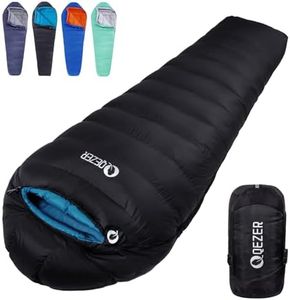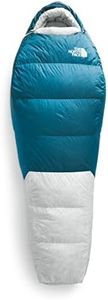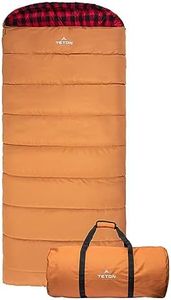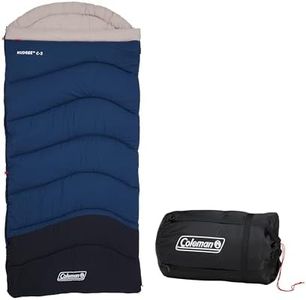We Use CookiesWe use cookies to enhance the security, performance,
functionality and for analytical and promotional activities. By continuing to browse this site you
are agreeing to our privacy policy
10 Best Sleeping Bags
From leading brands and best sellers available on the web.Buying Guide for the Best Sleeping Bags
Choosing the right sleeping bag is important because it can make or break your camping or backpacking experience. The ideal bag will keep you warm, comfortable, and protected from the elements, while also being easy to carry and pack. Before buying, think about when, where, and how you will use your sleeping bag, as your needs will differ for summer backpacking, family camping trips, or cold-weather expeditions. Understanding key features will help you narrow down your options and select the best sleeping bag for your adventures.Temperature RatingThe temperature rating tells you the lowest temperature at which the bag is designed to keep an average sleeper warm. This spec is important because it helps ensure you won't get too cold while sleeping outdoors. Ratings are usually divided into summer (above 35°F/1°C), three-season (from 20°F/-6°C to 35°F/1°C), and winter (below 20°F/-6°C) categories. If you camp in cold environments, pick a bag with a lower (colder) temperature rating than what you expect; if you only camp in warm weather, a higher (warmer) rating is fine. Always consider your own tendency to sleep warm or cold when choosing.
Insulation TypeInsulation refers to how the bag keeps you warm, with two main types: down and synthetic. Down is lightweight, compressible, and great for very cold weather, but loses warmth if it gets wet. Synthetic is bulkier but keeps insulating even when damp and is easier to care for. If you need a lightweight bag and camp in dry conditions, down might be best. For wet or unpredictable environments, synthetic is more reliable.
ShapeSleeping bags come in different shapes, most commonly mummy, rectangular, and semi-rectangular. Mummy bags are snug and heat-efficient but can feel restrictive. Rectangular bags are spacious and comfortable for restless sleepers but don’t retain heat as well. Semi-rectangular bags balance warmth and space. Pick the shape that matches your need for warmth versus your preference for space and movement.
Weight and PackabilityWeight and packability matter most if you’re backpacking, as you have to carry everything. Lightweight bags (under 3 lbs or 1.4 kg) are best for backpacking, while heavier ones work for car camping. Packability refers to how small the bag compresses, which matters for fitting it into backpacks or storage. Choose according to how much you need to carry and how much space you have.
Length and Width (Fit)Sleeping bags come in various lengths and widths to fit different body sizes. If the bag is too short or narrow, it will be uncomfortable; too long or wide, and you may get cold spots. Always choose a bag that matches your height and gives you enough space to sleep comfortably while still retaining warmth.
Shell Material and DurabilityThe outer fabric, or shell, determines how resistant the bag is to water and wear. Some shells are treated to be water-resistant, helping keep you dry in damp conditions. More durable materials are useful if you’ll be sleeping outside frequently or in rough environments, while lighter fabrics are best for occasional use or when pack weight is critical. Think about where you’ll use the bag and pick accordingly.


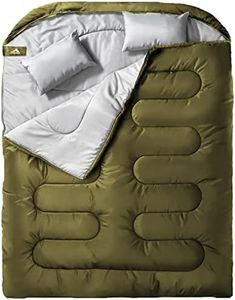
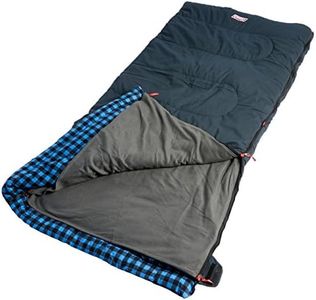
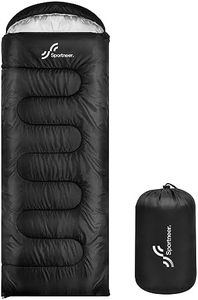
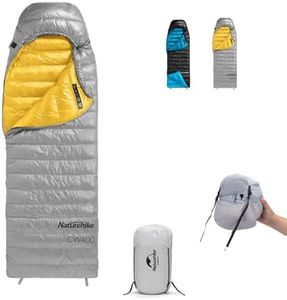
![QEZER Down Sleeping Bag for Kids Adults [ -2~7℃ / -8~0℃,1360g / 1560g ] Ultralight Winter Sleeping Bag 0 Degree for Cold Weather Camping, Hiking and Backpacking Outdoor (Blue 5℃~-3℃ Left-Zip)](https://images-proxy.bestreviews.guide/H2-shuxbN4rYMb2j5aQT5C6B0yY=/0x300/https://m.media-amazon.com/images/I/419dpQNGEHL._AC_CX679_.jpg)
